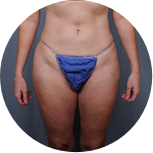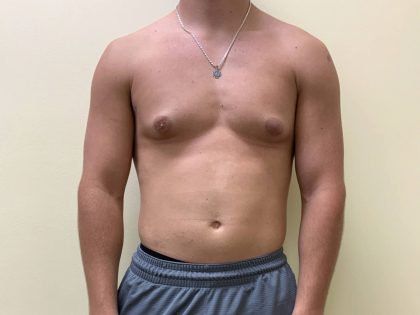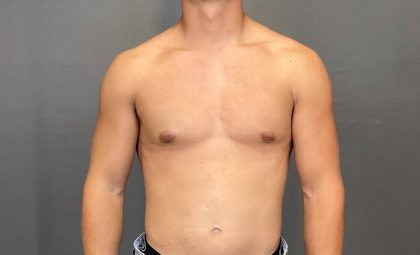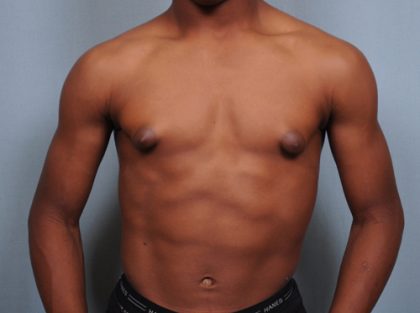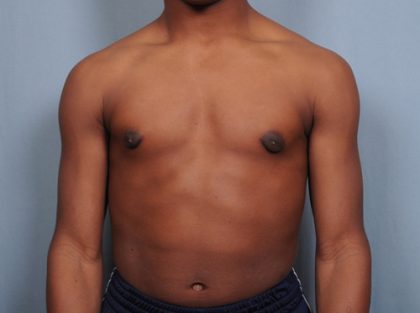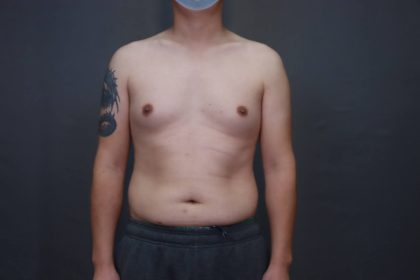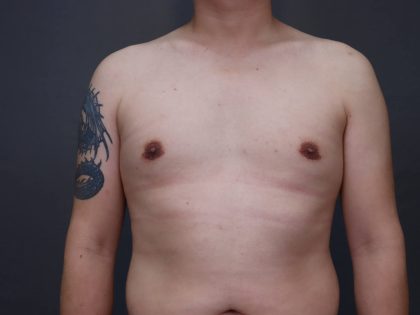Male Breast Reduction
Conveniently located to serve the areas of New Bern, NC

Gynecomastia is a medical term that refers to enlarged male breasts. This condition can lead to physical discomfort, embarrassment, and emotional distress for those affected, often leading individuals to seek treatment to restore a flatter, more masculine chest contour. Gynecomastia is relatively common, with between 50-60% of adolescents and up to 70% of men between the ages of 50 and 69 suffering from the condition. (1) One or both breasts may be involved.
Dr. John Zannis, a board-certified plastic surgeon at Zannis Plastic Surgery in New Bern, specializes in male breast reduction techniques that not only enhance physical appearance but also significantly improve quality of life for those affected by gynecomastia. If you are curious about this procedure or want personalized information tailored to your needs, do not hesitate to contact our practice at (252) 633-1197 or use our online form to get in touch.
Contents
- 1 Before and After Photos
- 2 About Gynecomastia Treatment
- 3 Benefits of Gynecomastia Treatment
- 4 Candidates
- 5 Personal Consultation
- 6 Preparation
- 7 Procedure
- 8 Recovery & Results
- 9 Corresponding & Complementary Procedures
- 10 Cost of Gynecomastia Treatment in New Bern
- 11 FAQ
- 11.1 Can men grow breasts?
- 11.2 What causes gynecomastia?
- 11.3 Is gynecomastia surgery painful?
- 11.4 Will gynecomastia surgery leave visible scars?
- 11.5 How long does recovery take after gynecomastia treatment?
- 11.6 Will gynecomastia come back after surgery?
- 11.7 Can I still exercise after gynecomastia surgery?
- 12 References
Before and After Photos
About Gynecomastia Treatment
Gynecomastia, often described colloquially as “man boobs,” occurs due to an increase in glandular or fatty tissue in the male breast area. It can occur during puberty or throughout adulthood for various reasons, including hormonal imbalance—specifically an increase in estrogen levels compared to testosterone. (2) Many find themselves self-conscious about their appearance, opting for clothing that conceals this condition instead of embracing their natural physique.
Gynecomastia treatment encompasses three surgical options designed to reduce the excess breast tissue effectively. The primary methods include:
- Liposuction: Liposuction targets excess fat deposits using a thin tube called a cannula, which is inserted through a small incision. This method is most effective for patients with significant fatty tissue and limited glandular tissue.
- Surgical Excision: For patients with prominent glandular tissue, an excisional procedure may be required. This involves making incisions around the areola (the dark ring surrounding the nipple) to remove the excess tissue directly. The length and pattern of the incision will depend on the amount of tissue that needs to be excised.
- Combination Procedures: In most cases, both liposuction and glandular tissue removal are performed together for optimal results, addressing both fat and breast tissue for a well-contoured result.
Benefits of Gynecomastia Treatment
Choosing gynecomastia treatment comes with multiple benefits that contribute to improved self-image and overall well-being.
- Enhanced Physical Appearance: A flatter, more defined chest contour boosts confidence in one’s body image.
- Improvement of Self-Esteem: Regaining a masculine chest can lead to greater confidence in personal and social settings.
- Elimination of Discomfort: Surgical correction reduces physical discomfort caused by having excessive breast tissue, particularly during exercise.
- Durable Results: Unlike temporary solutions such as dieting, surgical reduction offers long-lasting outcomes.
- Concealable Scarring: Scars can often be minimized with strategic incisions, often blending with the natural color of the skin.
- Increased Dress Confidence: Many men feel freer to wear fitted shirts without embarrassment or worry about concealment.
- Psychological Uplift: Reducing this condition can alleviate feelings of depression and anxiety tied to negative body image.
Candidates
Men of any age who are healthy and emotionally stable are considered good candidates for male breast reduction surgery. The Zannis Center for Plastic Surgery is a local leader in gynecomastia surgeries, with dozens of these procedures successfully performed here over the years. An individual consultation with Dr. Zannis will help determine whether you qualify for surgery based on overall health, desired outcomes, and specific concerns.
Personal Consultation
The journey towards a flatter chest begins with an initial consultation with Dr. John Zannis. During this meeting, you will discuss:
- Your medical history
- Lifestyle factors
- Your cosmetic goals
Understanding your motivations for undergoing gynecomastia surgery ensures an accurate assessment of your candidacy. Dr. Zannis will conduct a thorough examination establishing the nature and cause of the breast enlargement, deciding subsequently on the best approach to achieve the desired aesthetic results.
If you are ready to take the first step towards a better body image, contact Zannis Plastic Surgery at (252) 633-1197 to schedule your consultation.
Preparation
Once surgical options are established and a date is set, you will receive detailed pre-operative instructions. Adhering to these thoroughly ensures a smoother procedure and quicker recovery:
- Avoid blood thinners, supplements, and certain medications before surgery.
- Refrain from smoking for several weeks before surgery and during recovery time.
- Connect with a trusted individual to take you home post-operation.
- Plan for adequate time off work and activities to allow proper healing.
Procedure
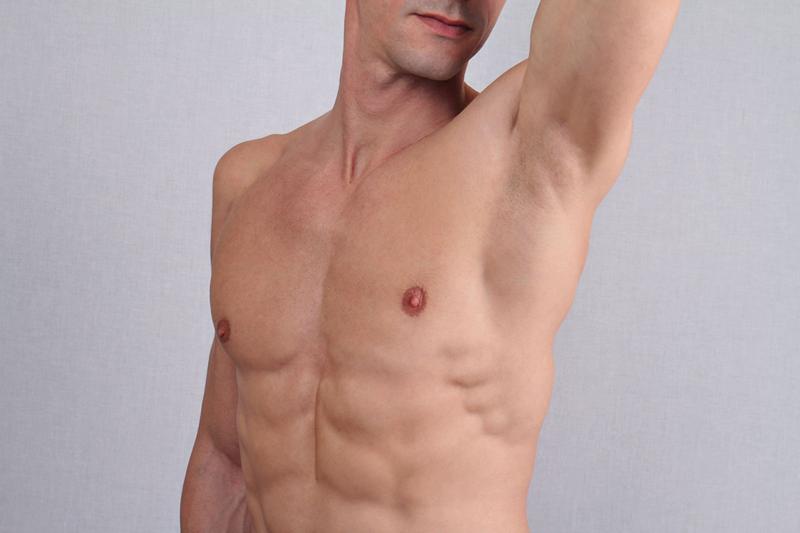
Enlarged male breasts can be reduced by liposuction, by cutting out excess glandular tissue, or by a combination of these two techniques. Your unique gynecomastia procedure and techniques will be determined by your body and through careful consideration and consultation with your surgeon.
The procedure for male breast reduction at the Zannis Center for Plastic Surgery takes an average of two hours, and we usually perform it on an outpatient basis. If excessive glandular tissue, fat, and skin are present, it will be removed during the gynecomastia procedure.
For the removal of excess fatty tissue alone, liposuction may be all that is needed. In these cases, the resulting scars will be small and barely visible.
Our male breast reduction patients can expect their chest area to be tightened, firmed, and flattened following their surgery, and the appearance of the areola can also be diminished in some cases.
Recovery & Results
Generally, there is little downtime and recovery needed following a male breast reduction surgery. At the Zannis Center for Plastic Surgery, our gynecomastia patients usually return to work within a few days, unless they are going to be involved in strenuous activities. After a man’s breast reduction procedure, there will be scarring around the areola of the breast, but this will gradually fade and be less visible over time. There will be some post-operative bruising, swelling, and burning sensation expected as well.
To assist with the healing process, the patient will wear an elastic pressure garment for 3-6 weeks and must avoid exposing incisions to the sun for at least 6 months. Other considerations following a male breast reduction procedure include temporary numbness or lack of sensation that could last up to a year. Postoperative asymmetry of the chest, while rare, is also possible. In these uncommon cases, a second procedure may be needed to remove the additional tissue.
Although the results of gynecomastia surgery are permanent, subsequent weight gain can lead to a gynecomastia-like effect in the future.
Corresponding & Complementary Procedures
Male Body Contouring
Male body contouring is a group of cosmetic procedures designed to help men achieve the physique they desire by enhancing muscular definition and eliminating excess fat. Many men choose body contouring for various reasons such as aesthetic goals, post-weight loss changes, or addressing issues like gynecomastia. Surgical procedures like a male tummy tuck and liposuction, and non-surgical options like PHYSIQ can lead to an enhanced body shape, improved confidence, and a more masculine silhouette.
Cost of Gynecomastia Treatment in New Bern
The cost of your procedure will depend on your individual treatment plan outlined by Dr. Zannis. If you would like to learn more about your options for a male breast reduction surgery, or gynecomastia procedure, at the Zannis Center for Plastic Surgery, we encourage you to get in touch with us today. Contact us through our website or call us at (252) 633-1197 to schedule your consultation.
Our friendly, knowledgeable team will meet with you discreetly, guide you through your gynecomastia options, and help you plan the procedure that’s ideal for you.
FAQ
Can men grow breasts?
Gynecomastia is a condition characterized by the enlargement of breast tissue in males, leading to a feminine chest appearance. The causes of gynecomastia can be multifactorial. Potential causes include hormonal imbalances featuring high estrogen levels, certain medications, obesity, puberty, or specific health conditions impacting hormone levels. Sometimes, it occurs without any obvious cause.
What causes gynecomastia?
Gynecomastia causes can range from a hormonal imbalance (excess estrogen and decreased testosterone levels) to certain medications, obesity, use of anabolic steroids, and some hormonal disorders.
Is gynecomastia surgery painful?
The surgery can involve some level of discomfort, but it is generally manageable with prescribed pain medications.
Will gynecomastia surgery leave visible scars?
Thanks to meticulous surgical techniques, incision placements are usually concealed around the edges of the areola, minimizing the visibility of scars.
How long does recovery take after gynecomastia treatment?
Most patients can return to light activities within a week, but full recovery can take several weeks to months for all swelling to fully diminish.
Will gynecomastia come back after surgery?
Post-surgery results are generally permanent; however, significant weight fluctuations or hormonal changes may affect the chest’s appearance later in life.
Can I still exercise after gynecomastia surgery?
While light activity is permitted after some resting, patients should avoid vigorous exercise for approximately four to six weeks post-op, resuming gradually as guided by their surgeon.
References
- Johnson RE, Murad MH. Gynecomastia: Pathophysiology, Evaluation, and Management. Mayo Clinic Proceedings. 2009;84(11):1010-1015. https://www.ncbi.nlm.nih.gov/pmc/articles/PMC2770912/
- Swerdloff RS, Chiu Ming Ng. Gynecomastia: Etiology, Diagnosis, and Treatment. Nih.gov. Published July 7, 2019. https://www.ncbi.nlm.nih.gov/books/NBK279105/
